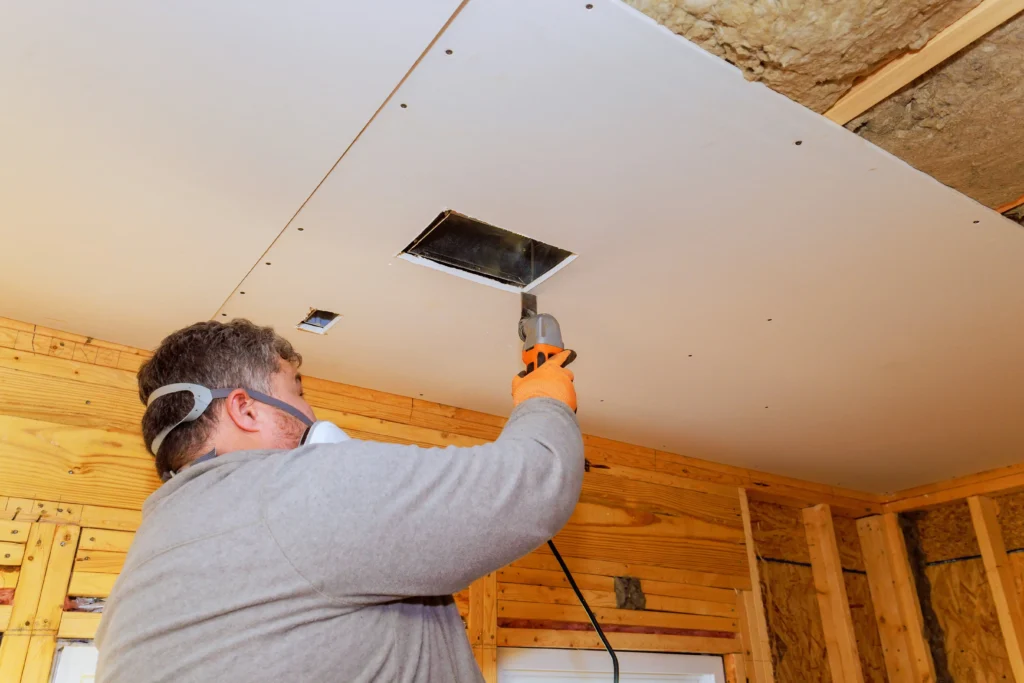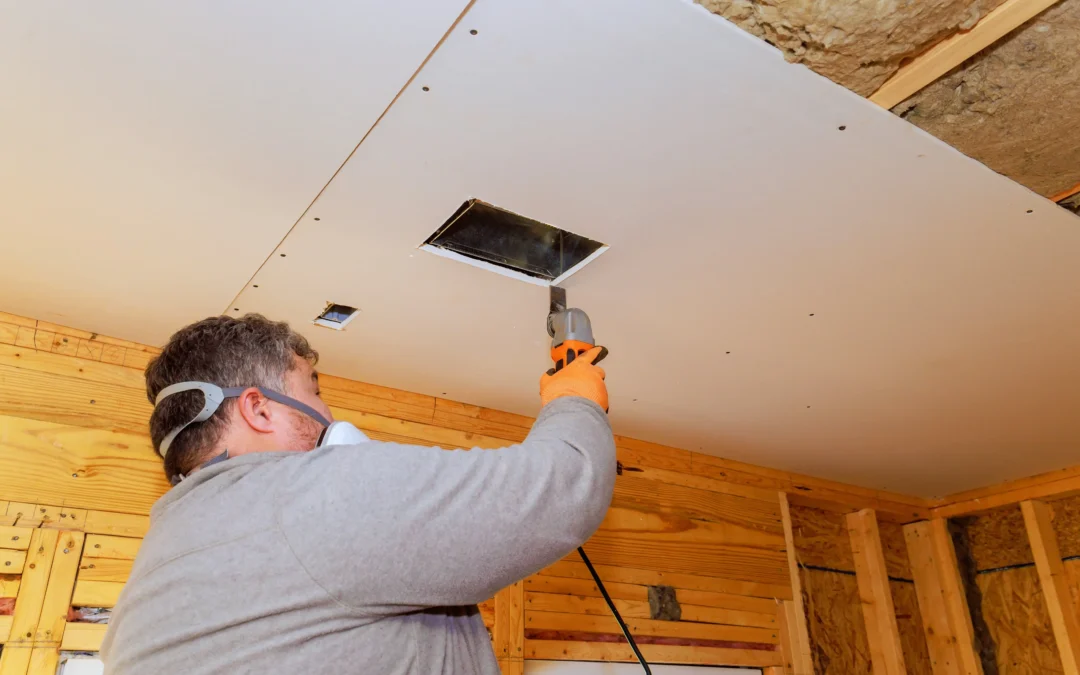O‘ahu’s tropical climate brings warmth and beauty, but also constant humidity. While the island lifestyle has its advantages, high moisture levels can take a toll on your home, especially on drywall. Swelling, soft spots, and cracks are common problems when drywall is exposed to damp conditions. Understanding how humidity affects drywall and taking steps to prevent damage helps homeowners protect their investment and keep their interiors looking flawless.
How Humidity Damages Drywall
Drywall is made of gypsum pressed between paper layers. This makes it highly absorbent, and in humid environments, it can pull in excess moisture from the air. Common problems include:
- Swelling: drywall panels expand when they absorb water, leading to uneven or warped surfaces
- Cracking: expansion and contraction stress the joints, resulting in visible cracks
- Soft spots: prolonged exposure weakens drywall, creating areas that crumble under pressure
- Mold and mildew: humidity combined with organic paper backing creates the perfect breeding ground for mold
These issues often appear gradually, but once they start, the damage can spread quickly.
Signs of Moisture Related Drywall Problems

Catching the early warning signs helps prevent major repairs. Watch for:
- Bubbling or peeling paint: moisture pushes through the surface
- Warped sections: walls or ceilings begin to look uneven
- Visible cracks: hairline fractures along seams or corners
- Sagging ceilings: an advanced stage of drywall weakening that poses a safety risk
If you notice any of these, it may be time for drywall repair or replacement before the issue worsens.
Strategies to Prevent Swelling and Cracking
Preventing drywall damage in O‘ahu starts with managing moisture in your home.
Install moisture resistant drywall:
Green board and purple board are designed to handle damp environments. They are ideal for bathrooms, kitchens, and basements where humidity is highest.
Use dehumidifiers to reduce indoor humidity:
A portable or whole home dehumidifier can keep humidity levels below 60 percent, reducing the risk of swelling and mold growth.
Improve ventilation throughout the home:
Exhaust fans in bathrooms, range hoods in kitchens, and proper attic airflow help moisture escape instead of building up in walls.
Apply proper finishing and sealing methods:
Correct taping, mudding, and finishing techniques seal drywall joints tightly, while quality paints and primers add another layer of protection. Professional drywall installation ensures these steps are done right.
Protecting Your Drywall in O‘ahu’s Climate
Humidity is a fact of life in Hawai‘i, but drywall damage does not have to be. With moisture resistant materials, proper ventilation, and regular maintenance, homeowners can extend the life of their walls and ceilings.
For expert help with humidity related issues, trust McKeague Drywall to provide installation, repair, and finishing services tailored to O‘ahu’s climate. From ceiling replacement to interior painting, our team delivers solutions that keep your home strong and beautiful. Need immediate assistance? Reach out through our contact form to schedule a consultation.

